
History
The Val Colla, whose route from Monte Gazzirola follows the Cassarate river for about 10 km, is included in the Federal Inventory of Landscapes, Sites, and Natural Monuments of National Importance and in the Cantonal Zone of Natural Interest.
Between 1854 and 1856, a road was built providing access to Val Colla, strengthening its ties with Lugano. Over the years, there has been significant migration of the population to the city: many houses have become secondary residences, the tertiary sector has grown, and the number of people employed in the primary sector has drastically decreased.
Geographically, the Val Colla district is composed of the following villages and hamlets: Curtina with the hamlet of Marda, Insone, Scareglia with the hamlet of Osnaga downstream, Signôra, Colla, Cozzo, Bogno with the hamlet of Marda downstream, Certara with the hamlet of Marda downstream, Maglio di Colla with the hamlet of Malpensata, Piandera with the hamlet of Mulini di Piandera downstream, and Cimadera with the hamlet of Treciò.
Originally, there were eight municipalities in the valley. Following a public consultation in 1956, the municipalities of Colla, Insone, Piandera, Scareglia, and Signôra were merged into a single municipality called Valcolla (officially written as one word), while the municipalities of Bogno, Certara, and Cimadera remained independent.
The coat of arms of Bogno
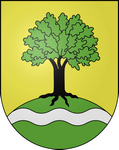
The Armoriale dei Comuni ticinesi by Gastone Cambin, published in 1953 by the Istituto Araldico e Genealogico di Lugano, described Bogno's coat of arms as follows: "Or, a green oak tree trunked sable, planted on a green terrace charged with a silver wavy band."
The oak tree symbolizes strength and prosperity. It also commemorates the reforestation efforts carried out at the end of the 19th century, which mitigated the dangers associated with excessive deforestation in the area. At the base of the oak tree, the wave represents the Cassarate river.
The coat of arms of Certara
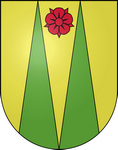
The aforementioned Armoriale dei Comuni ticinesi also described the coat of arms of Certara as follows: "Or, a pair of reversed green piles, surmounted by a red rose."
The coat of arms represents a rose placed between two peaks, symbolizing the village of Certara, located between the Denti della Vecchia and Gazzirola summits.
The Coat of Arms of Cimadera
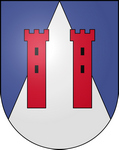
The coat of arms of Cimadera in the Armoriale was presented as follows: "Argent, mantled azure, overall two red embattled towers, windowed sable."
Cimadera separated from Sonvico to become an independent municipality on 9 May 1878, and on this occasion, this coat of arms was proposed. It partially reworks elements from the coat of arms of Sonvico (the towers, the mountain) to recall the historical connection between the two communities.
The coat of arms of Valcolla
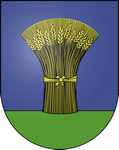
The coat of arms of Valcolla was chosen in 1960 from among those of the municipalities that merged into a single institution in 1956. It originally belonged to Piandera. In his book, Cambin described the coat of arms of Piandera with these words: "Azure, a sheaf of wheat Or, supported by a green plain." It represents a sheaf of wheat and symbolizes the occupation of the population, dedicated to cereal cultivation.
Places of interest
In Cozzo, at the Cucchetto site, nine cup-marked stones are reported, the meaning of which is difficult to interpret; it is not excluded that they could represent a boundary marker.
In Colla, eight stones have been identified, two of which feature three groups of cup marks arranged in a semicircle.
The roof tiles of Val Colla houses almost all come from the kiln in Curtina, owned by the Mazza family.
Owned by the Swiss Alpine Club, Lugano Section, the capanna Monte Bar is easily accessible via several routes. It is situated in a stunning setting overlooking, to the northeast, the pre-Alpine chain extending from Monte Brè to Monte Boglia, the Denti della Vecchia, San Lucio Pass, and Monte Gazzirola; to the south, Lake Lugano (Ceresio) and the city of Lugano in its entirety, reaching as far as Varese province and Malpensa Airport; and to the west, Monte Rosa and, on clear days, the Bernese Alps chain up to the Finsterarhorn.
Built in the late medieval period, the church was expanded in 1780 and restored in 1975.
Inside, visitors can admire four paintings dating from the 16th to the 18th centuries, depicting the Martyrdom of Saint Sebastian, Saint Rocco, Saint Mary Magdalene, and the Madonna with Child.
Dating back to the second half of the 16th century, the church is located in an isolated spot below the village.
Inside, visitors can admire paintings from the 17th to the 19th centuries depicting Saint Peter Martyr, Saint Joseph, and Saint Rocco.
This rectangular hall, located in the village center, dates back to the late Middle Ages. It underwent significant transformations in the 19th century and again in 1966.
Built around the late 16th century, it underwent major renovation works in 1937 and again in 1976-77.
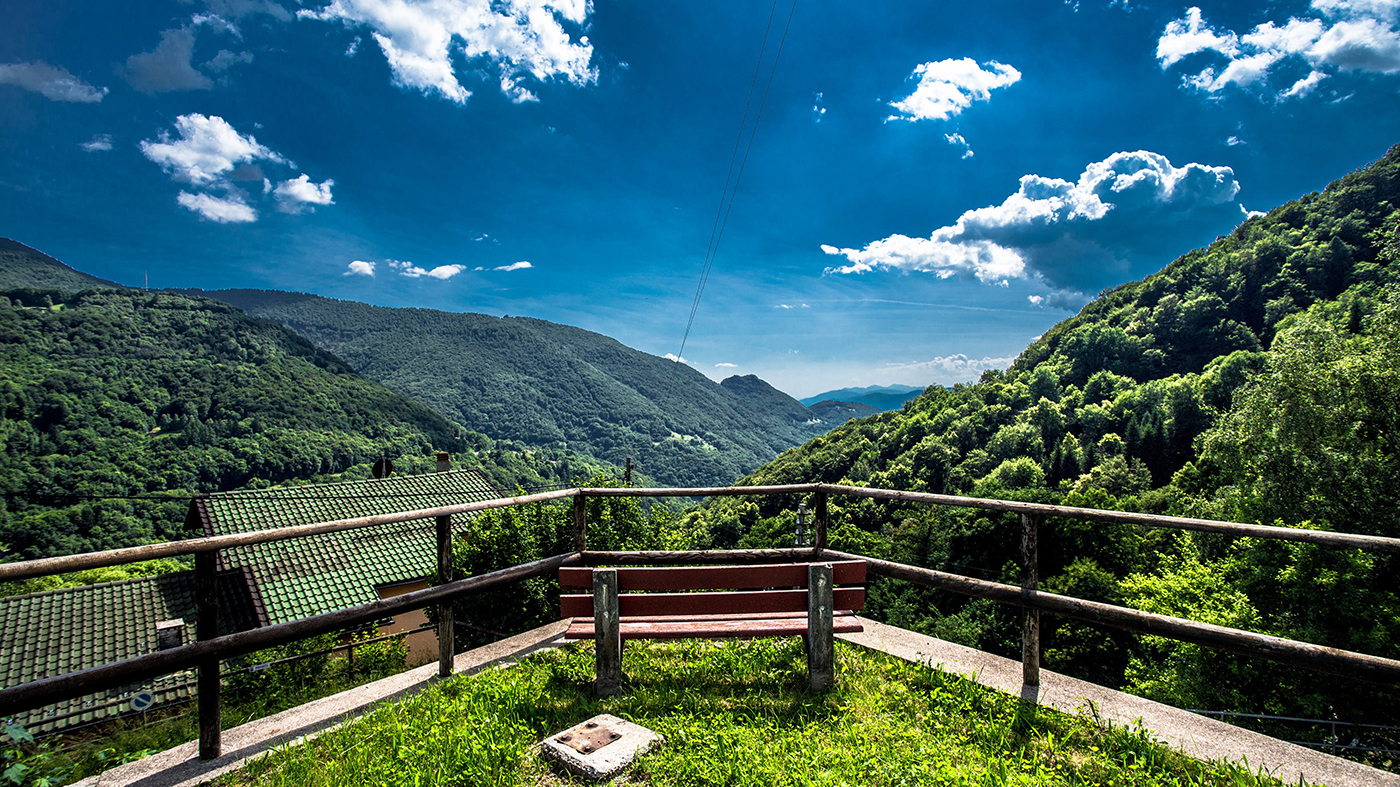
The English version of this page was created with the aid of automatic translation tools and may contain errors and omissions.
The original version is the page in Italian.